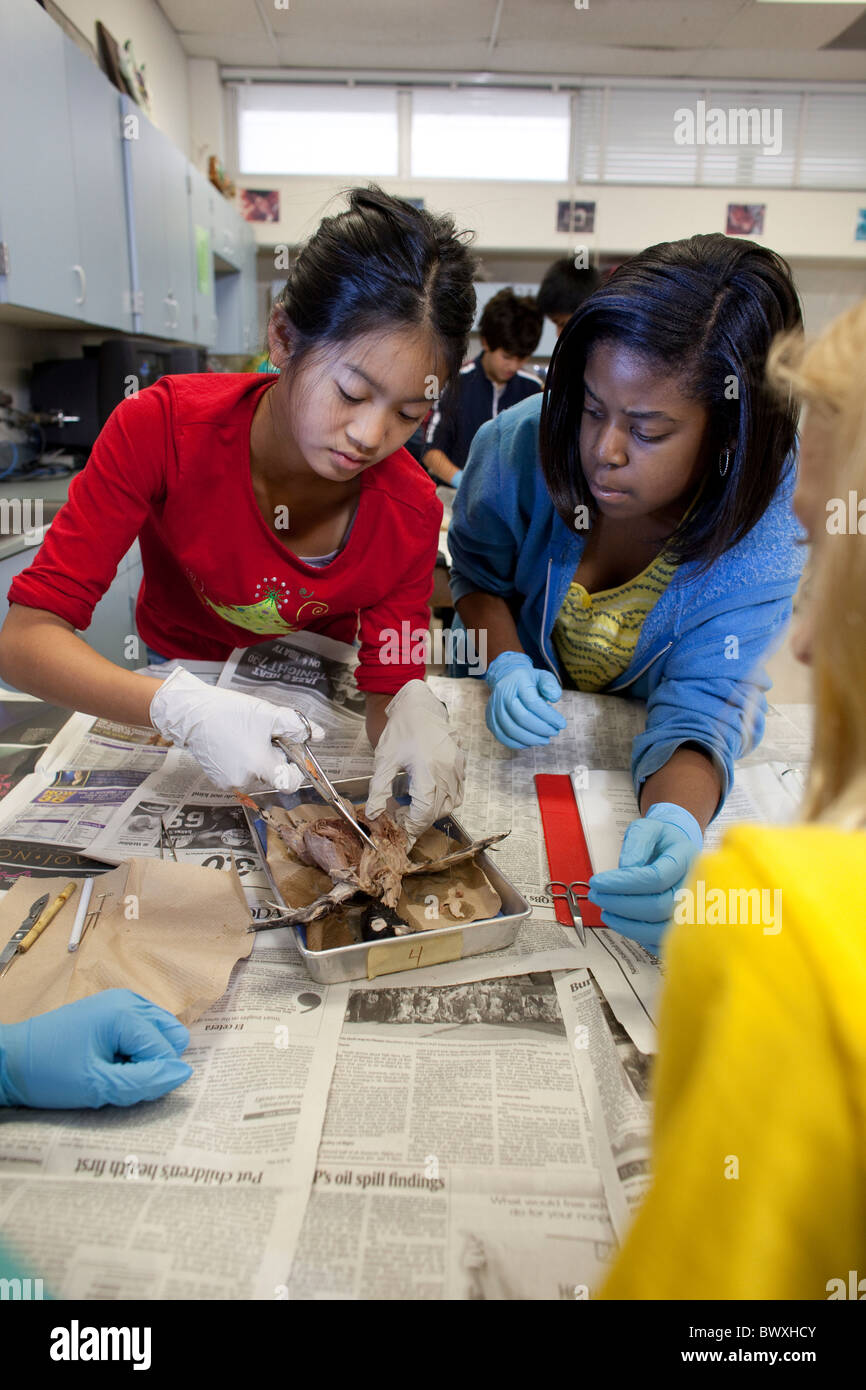In recent years, the practice of dissection in educational institutions has sparked considerable debate among educators, students, and animal rights advocates. Is dissection an essential component of scientific education, or does it embody a form of animal cruelty? This dichotomy invites a complex exploration of ethics, pedagogy, and scientific necessity. As we delve into this multifaceted issue, let us reconsider the implications of dissecting animals for educational purposes and question the ethical foundations on which such practices rest.
At the core of this discussion lies the dichotomy between scientific necessity and ethical consideration. Proponents of dissection argue that it serves as a pivotal tool for learning. Dissections offer students a firsthand glimpse into the anatomy and physiology of living organisms, stimulating curiosity and enhancing comprehension of biological systems. Advocates assert that these practical experiences foster a deeper understanding of the intricate connections between life forms and their environments. Dissection, they argue, provides an irreplaceable opportunity to witness the complexity of life in a tangible manner.
Conversely, the act of dissection raises profound ethical questions about the treatment of sentient beings. Critics vehemently contend that using animals as educational instruments without their consent amounts to a form of exploitation. Each creature, regardless of its size or species, possesses a unique biological composition and a capacity for suffering. The discomfort and distress that these animals may endure for the sake of education cannot be overlooked. In a society progressively aligning itself with compassion and empathy towards living beings, do we continue to justify the act of dissection under the auspices of scientific inquiry?
Moreover, the advances in technology have heralded alternative methods of teaching anatomy and physiology. Digital simulations and virtual dissections provide students with the ability to explore biological complexities without causing harm to any living entity. Technologies such as virtual reality have shown promise in replicating the dissection experience, offering interactive opportunities for students to engage with the anatomical structures in a way that fosters both understanding and ethical responsibility. Should we not, therefore, prioritize these harmless alternatives that captivate young minds while respecting animal welfare?
The educational experience itself must also be scrutinized. While exposure to dissection may enhance learning for some, it can be distressing for others. Many individuals are inherently empathetic and may struggle with the ethical ramifications of participating in such activities. Students are often placed in a position where they feel obliged to conform to expectations set by educational institutions. This raises a pivotal challenge: should education prioritize conformity to traditional practices, or should it cultivate an environment where students can express their values and beliefs related to animal welfare?
In some educational contexts, dissection has been linked to fostering a callous attitude towards animals. The “normalization” of dissection, in which students are desensitized to the suffering of animals, can cultivate a mindset that trivializes the value of life. When students engage with dissections as mere routines, a potential disconnect forms between scientific inquiry and ethical stewardship. This begs the question: at what cost does our pursuit of knowledge come when it perpetuates a culture that undermines our empathy towards living beings?
This inquiry invokes a vital consideration of personal choice and autonomy within the learning environment. Should students be afforded the freedom to opt-out of dissection without repercussions, thereby aligning their educational journey with their values? Educational institutions wield significant influence over the ideologies that shape young minds. When students are granted the agency to choose alternatives to dissection, it not only demonstrates respect for individual beliefs but also paves the way for a more inclusive approach to education that intertwines science with ethics.
Internationally, several countries and educational systems have embraced progressive policies encouraging the reduction or elimination of dissections in classrooms. By migrating towards humane educational practices, such systems demonstrate a commitment to animal welfare that aligns with contemporary ethical standards. As society evolves, so too should our methods of imparting knowledge; hence, it is imperative that educational institutions re-evaluate their practices and embrace the innovation of animal-free learning techniques.
In summary, the intersection of dissection and ethics transcends a binary discussion of animal cruelty versus scientific necessity. The complexity of this issue demands a nuanced understanding that considers the efficacy of alternative educational methods, the ethical implications of using animals for instruction, and the importance of fostering empathy and respect for all living beings. As the landscape of education continues to evolve, the question of dissection in schools must not only provoke discussion but also inspire action towards more humane and ethically responsible teaching methodologies. Ultimately, the path we choose should reflect a commitment to knowledge acquisition that harmonizes scientific inquiry with compassion for all creatures. Is it time to rethink our educational practices in light of evolving ethical standards? As the conversation unfolds, one can only hope that progress will triumph in the pursuit of fostering knowledge and dignity for all beings.







